Bani Tree
- October 25, 2024
- 0 comment
The Bani Tree (scientifically known as Pongamia pinnata) is an essential tree species that plays a significant role in both ecosystems and human communities. It contributes to biodiversity and environmental sustainability by supporting local wildlife, improving soil health, and stabilizing land in various regions. Widely known for its resilience and ability to thrive in harsh environments, the Bani Tree is valued for its ecological, medicinal, and economic importance.

This tree is part of the Fabaceae family (the pea family), which is known for nitrogen-fixing plants. Its presence in ecosystems promotes soil fertility, making it an invaluable resource for sustainable land management. The Bani Tree is also recognized for its potential use in biofuel production, making it a tree of interest in the fight against climate change.
The Legacy and Origins of the Bani Tree
The Bani Tree has a long history intertwined with traditional agricultural practices and rural livelihoods. Its origins trace back thousands of years to ancient India and Southeast Asia, where it was prized for its medicinal and practical uses.

Known for its resilience and ability to survive in saline soils and harsh climates, the Bani Tree has been an integral part of sustainable living for many coastal communities. Over the centuries, its reputation spread across the tropics, and today, the Bani Tree is recognized globally as a valuable resource for environmental conservation and human well-being.
What Is a Bani Tree?
The Bani Tree (Pongamia pinnata), also known as the Indian Beech tree, is a medium-sized tree native to tropical and subtropical regions of Asia, particularly India, Southeast Asia, and Australia. It can reach heights of 15-25 meters, with a broad, dome-shaped canopy that provides ample shade.
- Interesting Fact: The Bani Tree has a lifespan that can extend over 100 years, and its roots have the ability to fix nitrogen, improving soil fertility.
The tree’s leaves are compound and shiny green, usually 5-10 cm in length, with a smooth texture. Its flowers are small, fragrant, and pale purple or white, blooming in clusters. The bark is thick, grayish-brown, and becomes deeply fissured as the tree matures. One of the tree’s notable features is its ability to produce seeds that contain oil, which can be used for medicinal purposes, as a biofuel, or in soap-making.
| Characteristic | Bani Tree |
|---|---|
| Scientific Name | Pongamia pinnata |
| Common Names | Indian Beech, Pongam Tree, Honge Tree |
| Family | Fabaceae |
| Native Region | Tropical and subtropical regions of Asia and the Pacific |
| Plant Type | Deciduous or evergreen tree, depending on climate |
| Size | Can grow up to 15-25 meters tall |
| Leaves | Pinnate, dark green, glossy leaves |
| Flowers | Fragrant white or pale pink flowers, arranged in clusters |
| Propagation | Grown from seeds or through vegetative cuttings |
| Drought Tolerance | High tolerance to drought and saline conditions |
| Cultural Uses | Integral in Ayurvedic medicine and rural agriculture; used in traditional ceremonies |
| Ecological Role | Stabilizes coastal soils, supports nitrogen fixation, and provides habitat for wildlife |
| Notable Species | Pongamia pinnata is the most prominent and widely utilized species in its genus |
| Hardiness Zones | Suitable for USDA hardiness zones 10-12 |
| Growth Rate | Moderate growth rate, reaching maturity in 4-5 years |
| Lifespan | Can live for over 50 years, thriving in a wide range of environmental conditions |
Bani Tree Species
Although Pongamia pinnata is the most well-known species of Bani Tree, a few other species within the same genus or closely related species may be referred to as “Bani Trees” in different regions. These include:
- Pongamia pinnata: The most common species, found across tropical regions of Asia and Australia.
- Millettia pinnata: Sometimes grouped with Pongamia pinnata, this species is found in India and has similar ecological functions.
- Derris indica: A related species often found in similar environments, though slightly smaller in size.
Each species may vary in terms of leaf shape, flower color, or specific adaptations to local environments, but they all share a common role in supporting biodiversity and improving soil quality.
Where Do Bani Trees Grow?
Bani Trees are native to coastal and riverine areas in tropical and subtropical regions. They thrive in countries like India, Sri Lanka, Bangladesh, Myanmar, and parts of Southeast Asia. In Australia, they are found in northern coastal areas.
These trees are well-adapted to a variety of environmental conditions, from arid regions to waterlogged soils. They are often found near riverbanks and in coastal regions, where they help prevent erosion and stabilize the soil. Bani Trees are salt-tolerant and can grow in sandy soils, making them valuable in areas prone to soil degradation.
How to Grow and Care for Bani Tree
Growing a Bani Tree is relatively simple if the right conditions are provided. The tree prefers full sun and well-drained soil but is tolerant of poor soil conditions, including saline or alkaline soils.

- Soil: Ideal soils are sandy or loamy, but the tree can adapt to a wide range of soils as long as there is good drainage.
- Watering: Young trees should be watered regularly, but once established, the Bani Tree is drought-resistant.
- Sunlight: It thrives in full sunlight but can tolerate partial shade.
- Propagation: Bani Trees are usually propagated from seeds or cuttings. Seeds should be soaked for 24 hours before planting to encourage germination.
To maintain a healthy tree, occasional pruning is recommended to remove dead or damaged branches, and pest control may be necessary in areas where the tree is susceptible to insects or diseases.
Ecological Benefits of Bani Tree
The Bani Tree plays a critical ecological role in improving soil health through nitrogen fixation, where its roots form symbiotic relationships with bacteria to convert atmospheric nitrogen into a form usable by plants. This process enriches the soil, allowing other plant species to thrive.
Additionally, the tree’s deep roots help prevent soil erosion, especially in coastal or riverbank areas. Its broad canopy provides shade and shelter for smaller plants and animals, supporting biodiversity. The seeds and leaves are also a food source for various wildlife species.
Bani Tree Flowering and Pollination
The Bani Tree typically flowers during the warmer months, producing small, pale purple or white flowers that are fragrant and attract pollinators such as bees and butterflies. The flowering season can vary depending on the tree’s location but generally occurs in spring or early summer.
The flowers play a crucial role in the local ecosystem, serving as a nectar source for pollinators. This promotes biodiversity and supports the reproduction of various plant species.
Bani Tree and Wildlife Interactions
The Bani Tree has several important interactions with local wildlife. Its seeds provide food for birds and small mammals, while its flowers attract pollinators such as bees, butterflies, and other insects. The dense foliage offers shelter for many species of birds and insects, contributing to a diverse ecosystem.
In some regions, livestock may also graze on the leaves, although the seeds are toxic if ingested in large quantities by animals.
Is Bani Tree Drought-Tolerant?
Yes, the Bani Tree is highly drought-tolerant, making it well-suited to arid and semi-arid environments. Its deep root system allows it to access water from lower soil layers, ensuring survival during extended dry periods.

For gardeners in dry climates, this makes the Bani Tree a valuable addition to landscapes that require low-maintenance plants. However, it is important to ensure that young trees receive sufficient water to establish themselves before they become fully drought-resistant.
Different Types Species of Bani Tree
While Pongamia pinnata is the most common and widely recognized species of the Bani Tree, there are a few lesser-known species within the same genus:
Pongamia Glabra
This species is similar to Pongamia pinnata, but it has slightly larger leaves and is often found in more arid regions.

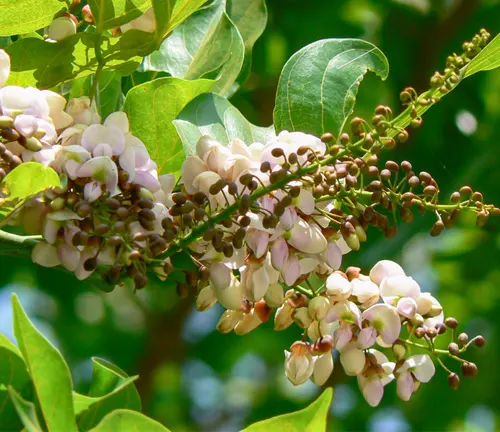
Pongamia Tomentosa
Characterized by its hairy leaves, this species is less common but can be found in parts of India and Southeast Asia.
Pongamia Grandiflora
Known for its larger flowers, this species is native to parts of Southeast Asia and is often used in ornamental planting.

Therapeutic Advantages of the Bani Tree
The Bani Tree is renowned for its medicinal properties, especially in traditional medicine systems like Ayurveda. The oil extracted from its seeds is used to treat skin conditions such as eczema, psoriasis, and ulcers.

The leaves and bark have anti-inflammatory and antimicrobial properties, making them useful in treating wounds and infections. Additionally, the Bani Tree’s seeds are used in various remedies for digestive issues, and the oil is sometimes applied to soothe joint pain and arthritis.
Gastronomic Wonders of the Bani Tree
While not commonly consumed, parts of the Bani Tree, particularly its flowers and pods, are sometimes used in traditional dishes in certain regions. The young pods can be boiled and eaten as a vegetable, while the flowers are sometimes used in salads or as a garnish. The seeds, however, are generally avoided for culinary purposes due to their bitter taste and toxicity when not processed properly.
Conclusion
The Bani Tree is a vital component of many ecosystems due to its ability to improve soil health, prevent erosion, and support wildlife. It contributes to local biodiversity and offers valuable resources for human use, from biofuel production to traditional medicine. Its resilience in harsh environments, such as drought-prone or saline soils, further underscores its ecological importance. As we face increasing environmental challenges, conserving and planting Bani Trees can play a key role in sustainable land management and climate change mitigation efforts.
Frequently Asked Question (FAQs)
- What is the scientific name of the Bani Tree?
- The scientific name of the Bani Tree is Pongamia pinnata.
- Where is the Bani Tree commonly found?
- The Bani Tree is found in tropical and subtropical regions, particularly in India, Southeast Asia, and the Pacific Islands.
- What are the main uses of the Bani Tree?
- The Bani Tree is used for biofuel production, natural pesticides, traditional medicine, and coastal conservation.
- Is Bani Tree oil edible?
- No, the oil from Bani Tree seeds, known as Karanja oil, is not edible but is used in traditional medicine and as a natural pesticide.
- How does the Bani Tree help in coastal conservation?
- The Bani Tree helps prevent soil erosion, stabilizes coastlines, and supports biodiversity in coastal ecosystems.
- Can the Bani Tree be grown in arid regions?
- Yes, certain species of the Bani Tree, such as Pongamia glabra, are well-suited to arid and semi-arid regions.


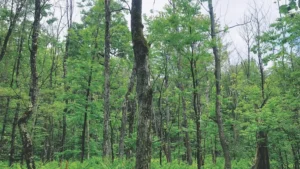
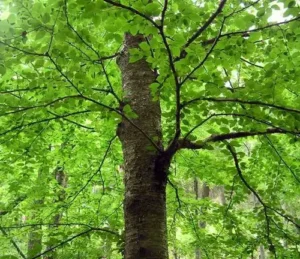
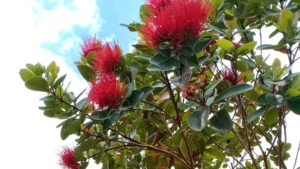
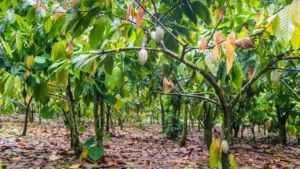
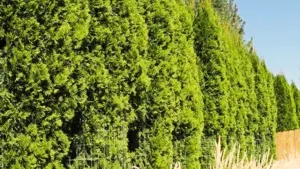
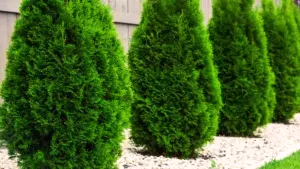
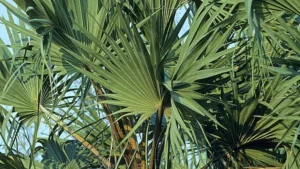
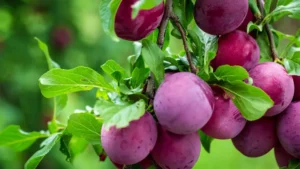
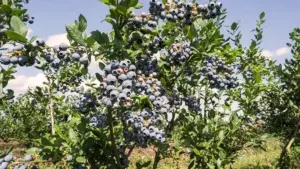


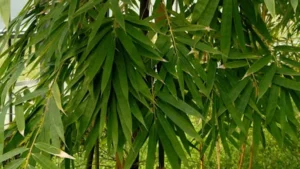
Leave your comment